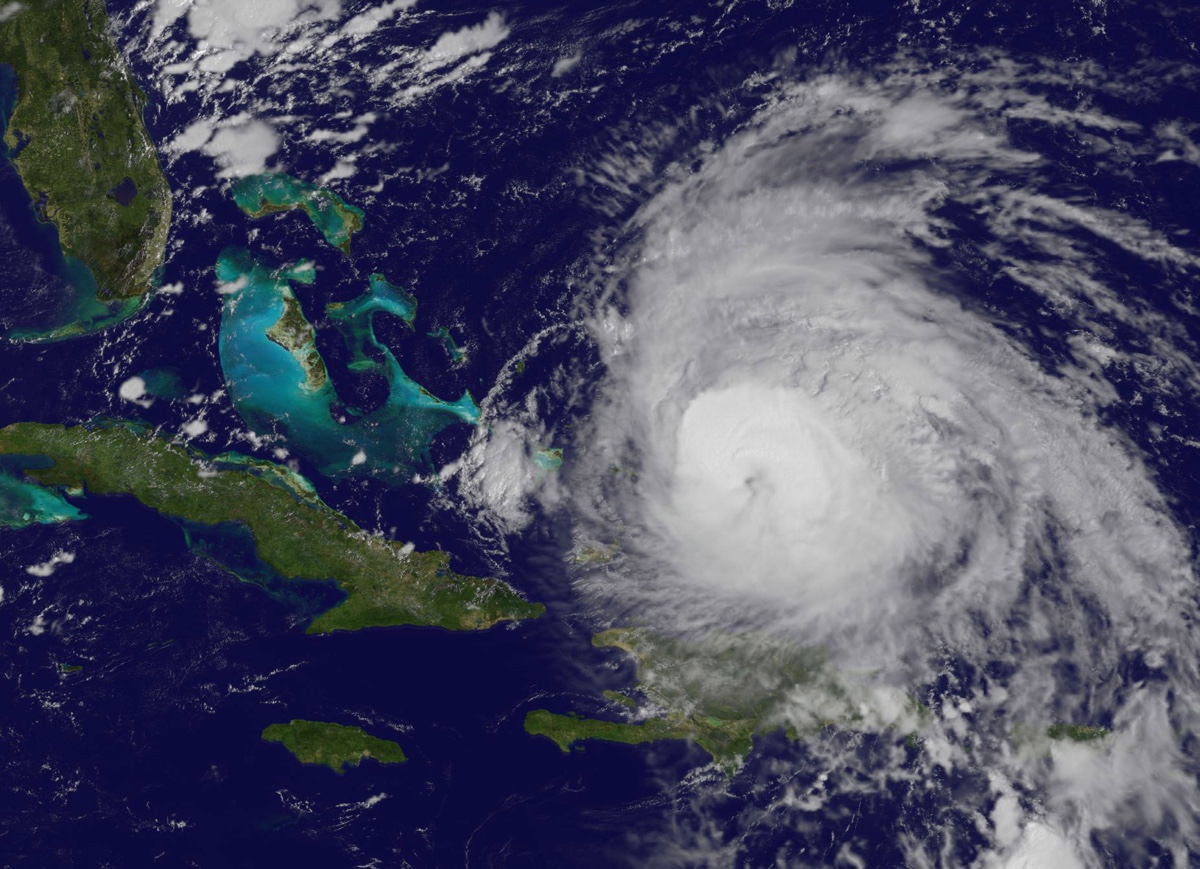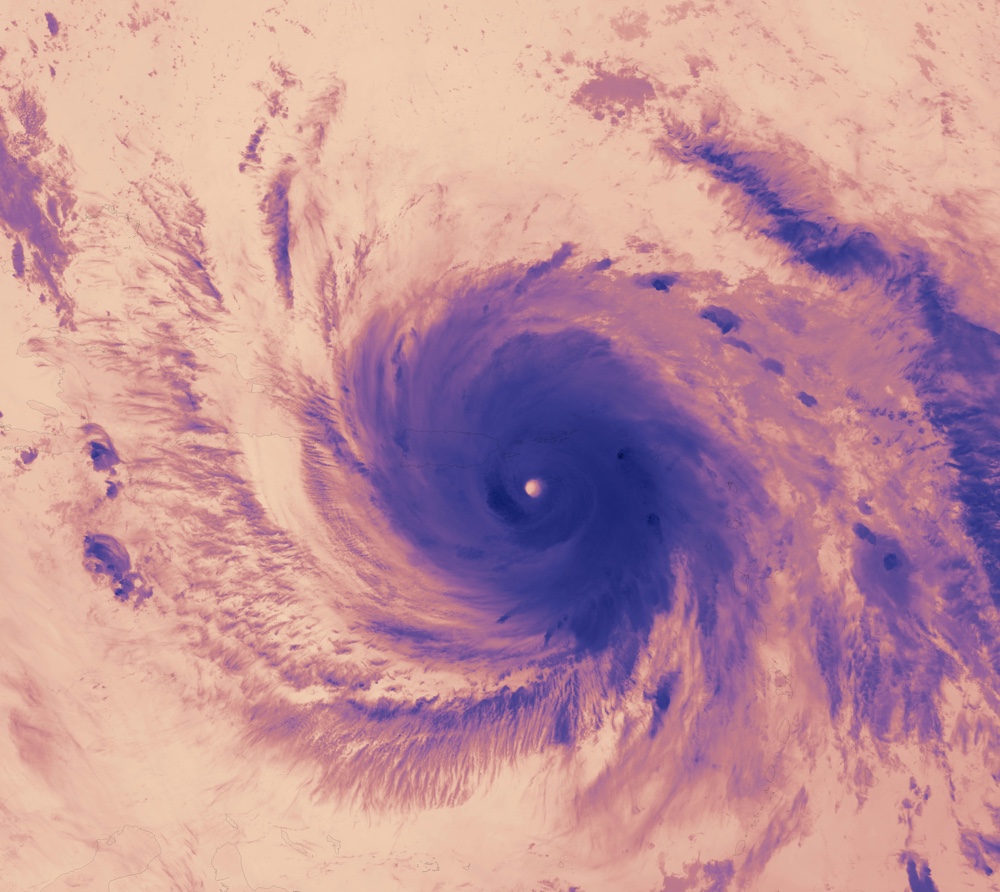Hurricane Maria Pounds Turks and Caicos As It Heads to the Bahamas

Hurricane Maria is now passing northeast of the Turks and Caicos Islands with destructive 125-mph (205 km/h) winds, according to the National Hurricane Center (NHC).
The storm is causing widespread flooding on the Caribbean Islands, according to Reuters. Already, Hurricane Maria has killed an estimated 13 to 15 people or more on Puerto Rico (where the storm's powerful eye passed through), 14 people on the island nation of Dominica, two in Guadeloupe and one in the U.S. Virgin Islands, Reuters reported.
As of 11 a.m. ET, the Category 3 hurricane was about 55 miles (90 kilometers) north of the Grand Turk Island and about 445 miles (715 km) east-southeast of Nassau, the capital of the Bahamas.
"The government of the Dominican Republic has discontinued all warnings for the Dominican Republic," the NHC said in their 11 a.m. public advisory. A hurricane warning is still in effect for the Turks and Caicos Islands and the Southeastern Bahamas.
Hurricane Maria is now moving northwest at about 8 mph (13 km/h); its eye is expected to move away from the Turks and Caicos today, before passing northeast and east of the Bahamas through Sunday, the NHC said.
The NHC forecasts the storm will gradually weaken over the next 48 hours. [In Photos: Hurricane Maria Seen from Space]

Over just 18 hours on Monday (Sept. 18), Hurricane Maria transformed from a Category 1 storm to a major Category 5 hurricane, something that is partly due to its so-called pinhole eye, scientists said. Though it has since been downgraded to a Category 3 storm, Hurricane Maria was at Category 4 status when it made landfall in Puerto Rico — the first Category 4 hurricane to smack into Puerto Rico since 1932, according to news reports.
Sign up for the Live Science daily newsletter now
Get the world’s most fascinating discoveries delivered straight to your inbox.
The then-Category-5 Hurricane Maria passed over the island nation of Dominica Tuesday night (Sept. 18). The island nation's prime minister Roosevelt Skerrit described the devastation in a series of Facebook posts, saying in one: "Initial reports are of widespread devastation. So far we have lost all [t]hat money can buy and replace. My greatest fear for the morning is that we will wake to news of serious physical injury and possible deaths as a result of likely landslides triggered by persistent rains."
Puerto Rico is still reeling from the wrath of Hurricane Irma, which battered the island's coastline with 30-foot-high (9 meters) waves earlier this month, downing power lines and trees. Flooding and destruction to buildings and homes — roofs torn off houses and doors flying off their hinges — in Puerto Rico were reported by multiple news outlets. The storm cut power to the entire island.
"This is total devastation," said Carlos Mercader, a spokesman for Puerto Rico's governor, as reported by CNN. "Puerto Rico, in terms of the infrastructure, will not be the same. ... This is something of historic proportions."
Residents and search-and-rescue workers in Puerto Rico are still taking stock of the devastation wrought by Maria, the Washington Post reported Sept. 21.
As of 11 a.m. ET, hurricane-force winds extended 70 miles (110 km) from the eye of Hurricane Maria, while tropical-storm-force winds extended 160 miles (260 km) from the center, the NHC reported.
Originally published on Live Science.
Jeanna Bryner is managing editor of Scientific American. Previously she was editor in chief of Live Science and, prior to that, an editor at Scholastic's Science World magazine. Bryner has an English degree from Salisbury University, a master's degree in biogeochemistry and environmental sciences from the University of Maryland and a graduate science journalism degree from New York University. She has worked as a biologist in Florida, where she monitored wetlands and did field surveys for endangered species, including the gorgeous Florida Scrub Jay. She also received an ocean sciences journalism fellowship from the Woods Hole Oceanographic Institution. She is a firm believer that science is for everyone and that just about everything can be viewed through the lens of science.









